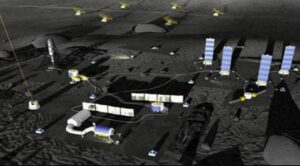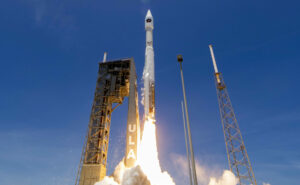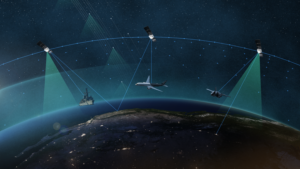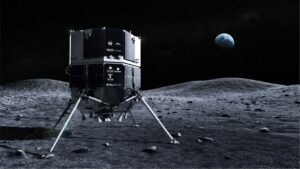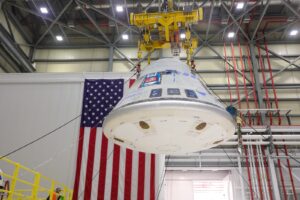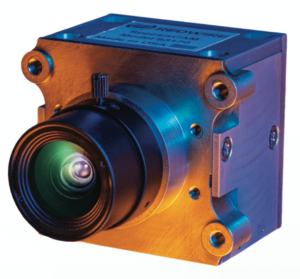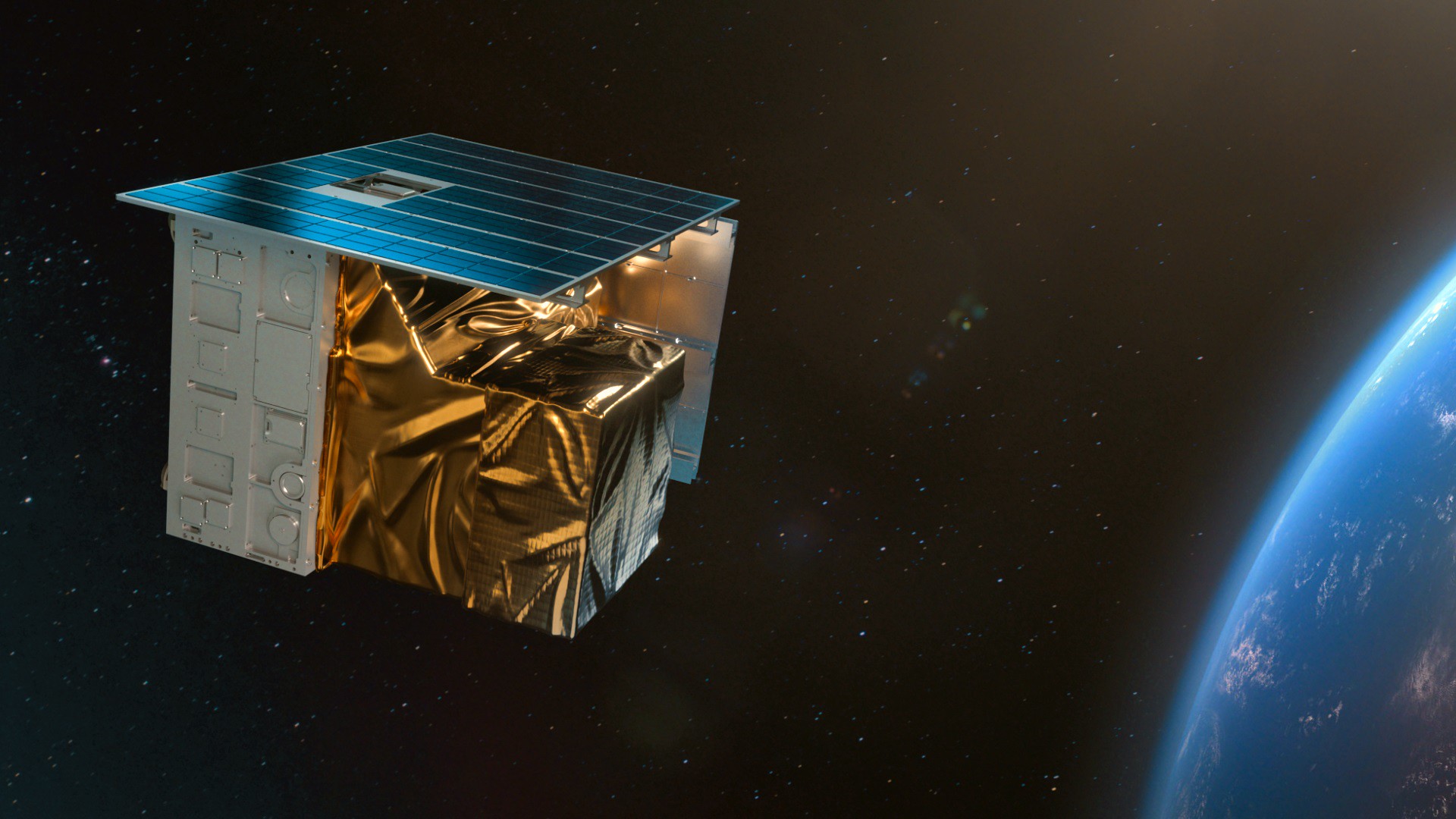
ORLANDO, Fla. — A Lockheed Martin satellite that was placed in the wrong orbit Dec. 22 is expected to de-orbit in February. Despite a much shortened mission, the company said it successfully accomplished many of the objectives of the technology demonstration..
The 300-pound payload — a newly designed electronically steerable antenna flying on a Terran Orbital Nebula bus — went to the wrong orbit following an upper stage problem with the Firefly Aerospace Alpha rocket placed that launched the mission Dec. 22.
Bob Behnken, director of technology acceleration at Lockheed Martin Space, told SpaceNews in a statement that the company’s antenna technology demonstration payload “exceeded our expectations and successfully completed all primary mission objectives. This feat is even more impressive in light of the spacecraft being placed in an unplanned, lower orbit, which resulted in a dramatically compressed mission timeline.”
Accelerated activation
Lockheed Martin’s original plan was to demonstrate it can calibrate and turn on the antenna faster than it has been possible before.
Three days after launch, Behnken said Lockheed Martin worked with spacecraft bus provider Terran Orbital to accelerate post-launch checkout and activation activities.
“Not only did we successfully demonstrate the ESA capability under a tightened timeline, but we also advanced the technology readiness for numerous future applications. These results are even more remarkable considering the challenges associated with the abbreviated mission lifecycle,” said Behnken.
From the lower orbit location, he said, “we’ve completed more than 100 payload testing events to date, and continue to achieve more each day.”
The spacecraft data shows that the ESA design is “operating on-orbit as it had during ground testing, advancing the technology readiness level for a range of mission applications,” Behnken added.
While the ESA payload was not originally intended for operations in very low earth orbit, this was an opportunity to test the technology in a “unique environment,” he said.
ESA antennas are in growing demand for broadband communications applications such as in-flight satellite connectivity. Using digital beam-forming technology, electronic antennas allow satellites to steer communication beams to focus bandwidth on high-traffic areas.
- SEO Powered Content & PR Distribution. Get Amplified Today.
- PlatoData.Network Vertical Generative Ai. Empower Yourself. Access Here.
- PlatoAiStream. Web3 Intelligence. Knowledge Amplified. Access Here.
- PlatoESG. Carbon, CleanTech, Energy, Environment, Solar, Waste Management. Access Here.
- PlatoHealth. Biotech and Clinical Trials Intelligence. Access Here.
- Source: https://spacenews.com/lockheed-martins-misplaced-satellite-to-fall-back-to-earth-next-month/
- :is
- :not
- 100
- 22
- a
- accelerate
- acceleration
- accomplished
- Achieve
- Activation
- activities
- added
- advanced
- advancing
- Aerospace
- After
- All
- allow
- Alpha
- also
- an
- and
- antenna
- applications
- ARE
- areas
- AS
- associated
- At
- back
- Bandwidth
- been
- before
- being
- broadband
- bus
- but
- CAN
- capability
- challenges
- Checkout
- Communication
- Communications
- company
- Company’s
- Completed
- Connectivity
- considering
- continue
- data
- Date
- day
- Days
- dec
- Demand
- demonstrate
- Design
- designed
- Despite
- DID
- digital
- Director
- dramatically
- during
- each
- earth
- Electronic
- electronically
- Environment
- ESA
- Even
- events
- expectations
- expected
- Fall
- faster
- feat
- February
- firefly aerospace
- fla
- flying
- Focus
- following
- For
- future
- Ground
- Growing
- had
- he
- HTTPS
- impressive
- in
- intended
- IT
- jpg
- launch
- launched
- Level
- lifecycle
- light
- location
- Lockheed Martin
- Low
- lower
- many
- Martin
- misplaced
- Mission
- Month
- more
- much
- Nebula
- newly
- next
- numerous
- objectives
- of
- on
- only
- Operations
- Opportunity
- Orbit
- original
- originally
- our
- placed
- plan
- plato
- Plato Data Intelligence
- PlatoData
- possible
- post-launch
- primary
- Problem
- provider
- range
- Readiness
- remarkable
- resulted
- Results
- rocket
- Said
- satellite
- satellites
- shortened
- Shows
- Space
- spacecraft
- Stage
- Statement
- steer
- Successfully
- such
- Technology
- test
- Testing
- than
- that
- The
- These
- this
- tightened
- timeline
- to
- told
- TURN
- under
- using
- very
- was
- we
- which
- with
- worked
- Wrong
- zephyrnet



